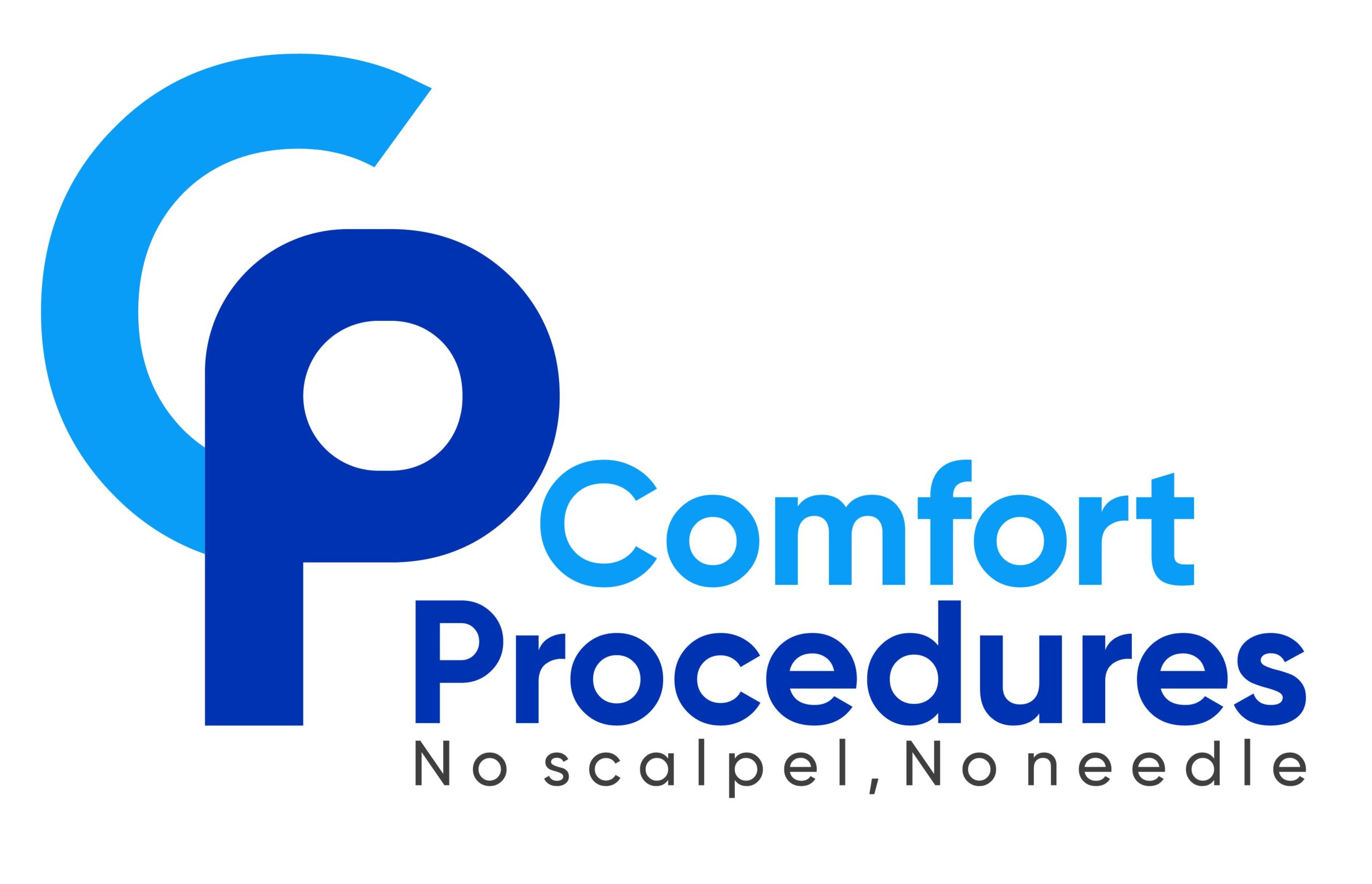When it comes to permanent birth control for men, the no-scalpel vasectomy stands out as a leading choice. This advanced technique offers numerous benefits over traditional methods, providing a virtually painless experience with minimal downtime. In this blog post, we’ll delve into the key advantages of the no-scalpel vasectomy, explain the procedure in detail, and outline the recovery process to help you make an informed decision.
Table of Contents
- Benefits of No-Scalpel Vasectomy
- The No-Scalpel Vasectomy Procedure
- Recovery After a No-Scalpel Vasectomy
Benefits of No-Scalpel Vasectomy
The no-scalpel vasectomy has become increasingly popular due to its many benefits:
- Minimally Invasive: Unlike traditional vasectomy methods that require incisions, the no-scalpel technique uses a small puncture to access the vas deferens. This results in less tissue damage and a quicker recovery.
- Less Pain: Patients often report significantly less pain both during and after the procedure compared to traditional vasectomies.
- Fewer Complications: The no-scalpel approach reduces the risk of complications such as infection and hematoma (blood clots).
- Shorter Procedure Time: The no-scalpel vasectomy typically takes about 15-30 minutes, making it a quick and efficient option.
- Quicker Recovery: Most patients can resume their normal activities within a few days, with full recovery expected within a week.
The No-Scalpel Vasectomy Procedure
Understanding the procedure can help alleviate any anxiety you might have about undergoing a no-scalpel vasectomy. Here’s a step-by-step overview:
- Consultation: Your doctor will begin with a consultation to discuss your medical history, explain the procedure, and answer any questions you may have.
- Preparation: On the day of the procedure, the surgical area will be cleaned and local anesthesia will be administered to numb the area.
- Puncture Technique: Instead of making an incision, the doctor uses a special instrument to make a tiny puncture in the skin. This instrument spreads the skin to reach the vas deferens.
- Vas Deferens Access: The vas deferens is gently lifted out through the puncture site, cut, and sealed using heat or surgical clips. The ends are then placed back inside.
- Completion: The small puncture usually does not require stitches and heals quickly on its own.
The no-scalpel technique’s precision and efficiency contribute to its high success rate and patient satisfaction.
Recovery After a No-Scalpel Vasectomy
One of the significant advantages of the no-scalpel vasectomy is the rapid recovery time. Here’s what to expect during the recovery phase:
- Immediate Post-Procedure: After the procedure, you may experience mild discomfort, swelling, or bruising, which can be managed with over-the-counter pain relievers and ice packs.
- Rest and Activity: It’s recommended to rest and avoid strenuous activities for the first 24-48 hours. Most patients can return to work and normal routines within a few days.
- Follow-Up: Your doctor will schedule a follow-up appointment to ensure proper healing. It’s crucial to use alternative birth control methods until your doctor confirms that your sperm count is zero, typically after a few months and semen tests.
- Long-Term Care: Long-term side effects are rare, but any persistent pain or complications should be discussed with your doctor promptly.
The no-scalpel vasectomy offers a reliable and effective solution for permanent male birth control with the benefits of minimal pain and a swift recovery. If you’re considering this procedure, consulting with a qualified healthcare provider will help you understand if it’s the right choice for you.
By opting for a no-scalpel vasectomy, you can enjoy peace of mind knowing you’ve chosen a method that prioritizes your comfort and well-being.

